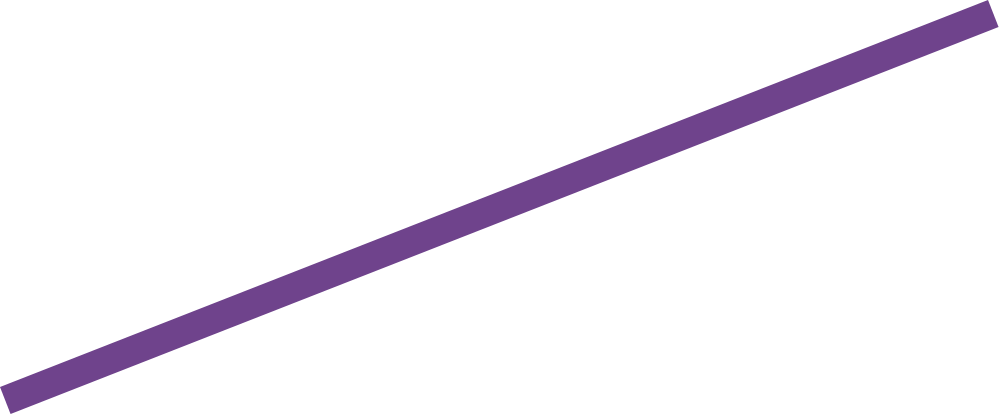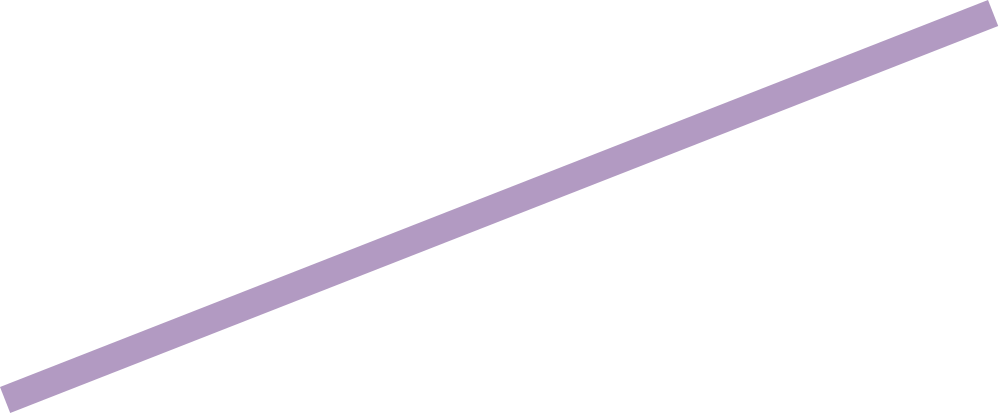Complex networks connect businesses, consumers, and the artifacts they create, such as pages, products, and accounts. Modeling these networks can help focus on the characteristics that will be useful for understanding or predicting important e-commerce phenomena, such as product demand or illicit behavior. Our tutorial will cover various generic models of (i) the structure of complex networks, and (ii) the probabilistic dependencies among networked entities. We will then discuss practical examples where the different types of models have been or could be used in order to improve understanding or to improve performance. For example, models of the structure of social networks can improve the theoretical understanding of network effects (Sundararajan, 2007). Modeling the structure of co-purchase networks can help explain demand patterns in electronic commerce. Models of networked probabilistic dependencies can improve prediction tasks including the targeting of advertisements/offers (Hill, Provost and Volinsky, 2006), the detection of illicit behavior (such as fraud), and the identification of interesting Web pages. The tutorial will be largely self-contained. Attendees will be assumed to know basic economics, probability and statistics.


Modeling Complex Networks for Electronic Commerce
- Foster Provost
- Arun Sundararajan
- Venue: ACM Conference on Electronic Commerce
- 2007
- Type: Selected Tutorial